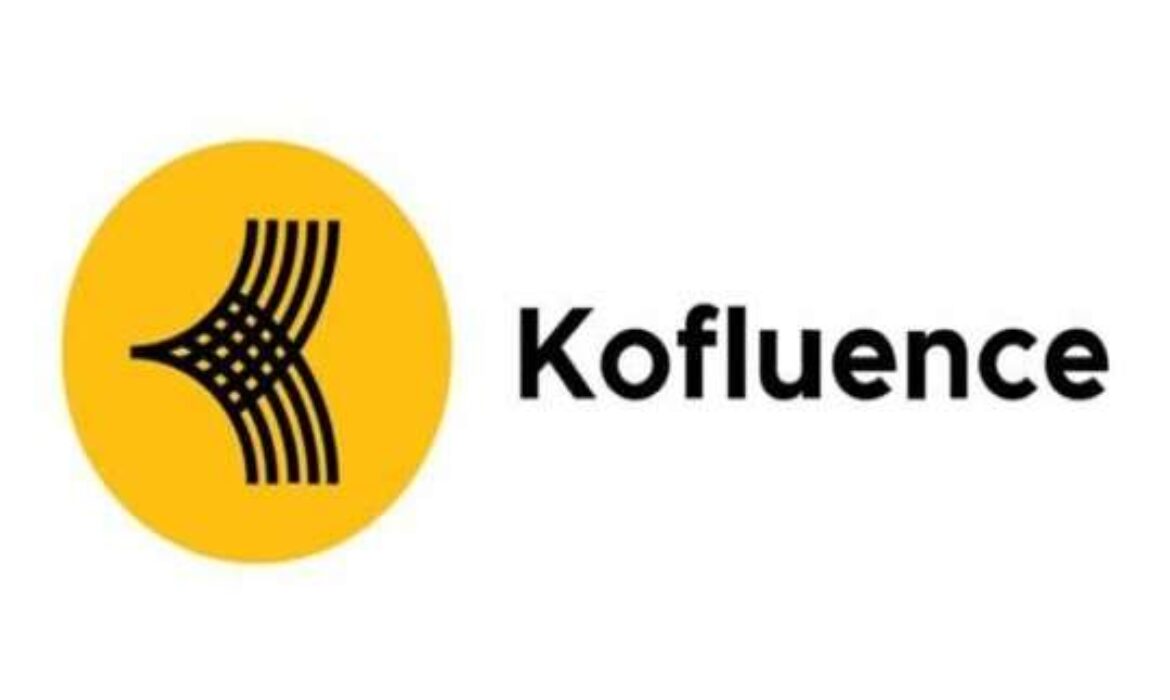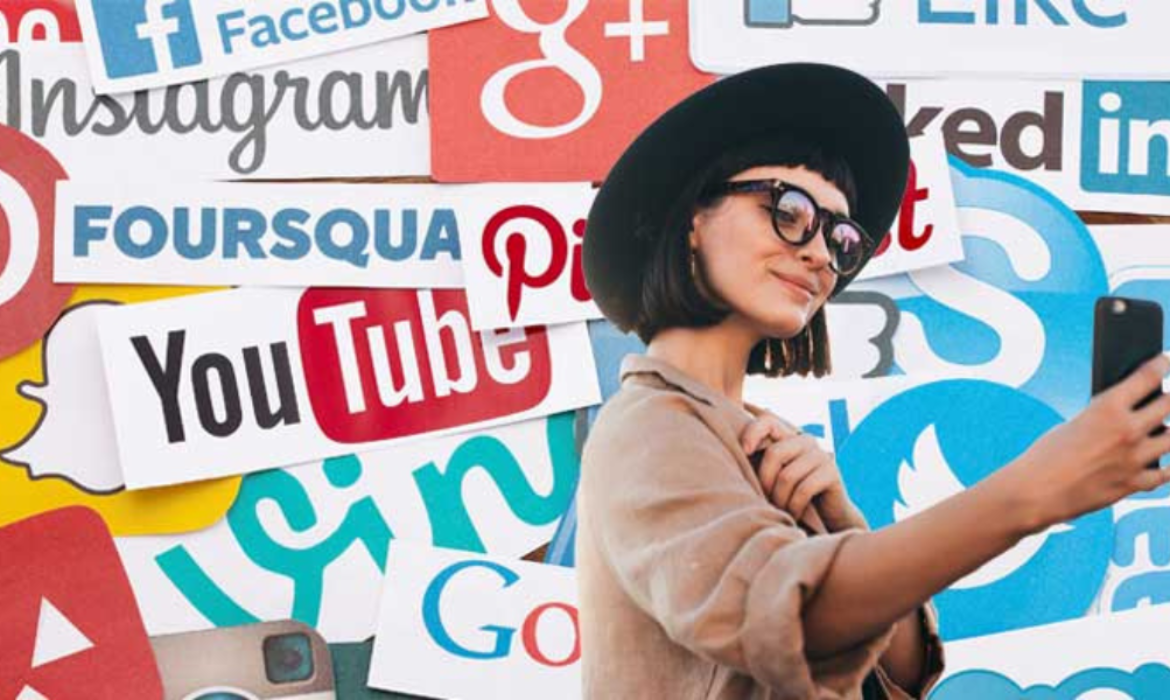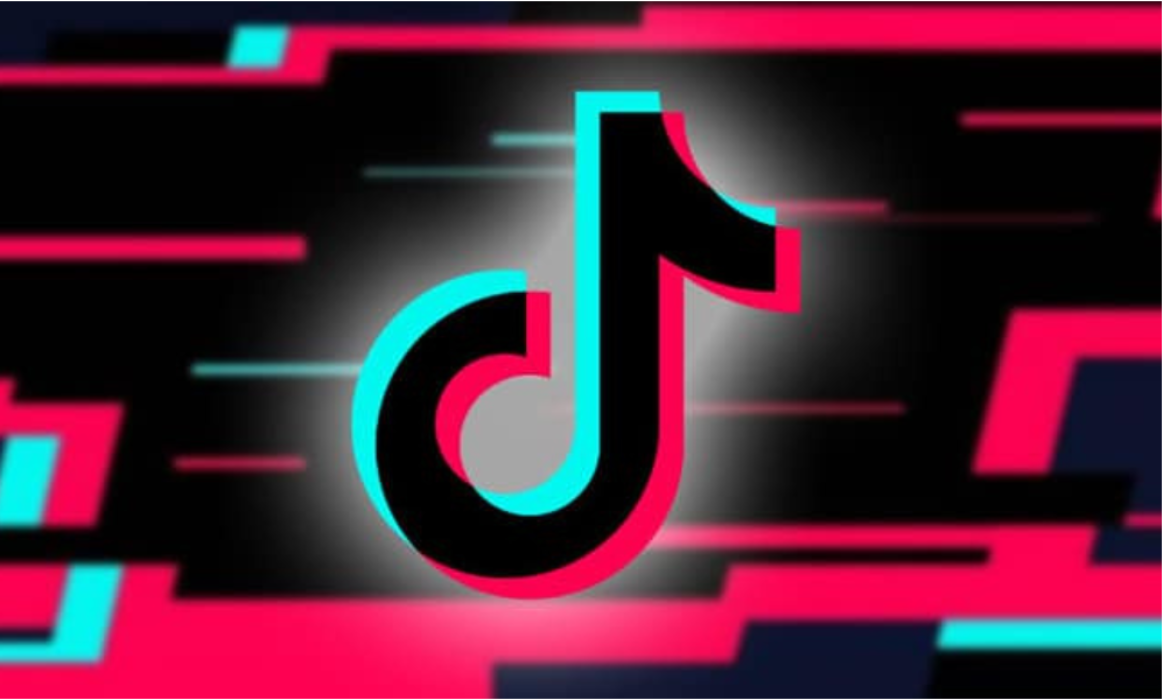Kofluence Unveils Kofinity, An Assured Path to Brand Partnerships
Prominent AI-led platform, Kofluence, has debuted Kofinity, its newest offering. It serves as a forum for emerging artists to collaborate with businesses. Every content creator who uses the product has the chance to earn money from their social impact thanks to brand partnerships. According to Kofluence, with the introduction of Kofinity, creators can concentrate completely on producing content and increasing brand visibility. Additionally, it will give creators the tools to monetize their passion.
Kofluence has executed over 1600 campaigns effectively across 30 verticals. They also claim to have 550k collaborators on board and a reach of over 6 billion people. Without a doubt, Kofluence is the pioneer in influencer marketing tools.
Kofinity for Creators
Kofinity gives creators a chance to develop business relationships with brand partnerships and earn profit. Through the website ‘kofluence.com/in‘, which will act as the main interface for these deals, the product enables consumers to get a free, distinctive URL. By partnering with brands, creators may profit from every purchase made through their unique link. Through social and messaging channels, users can share offers and promotions from brands with their followers. ‘Always-on’ campaigns allow creators and businesses to collaborate. Additionally, the business guarantees earnings on any purchases made using the customized link.
Kofluence further states that top performers on Kofinity can make more than INR 25,000 every week. Guaranteed selection for collaborations with minimal content development and no prior content review comes along with that. Getting premium offers typically involves meeting eligibility requirements or considering costs. Kofinity, however, enables content producers to communicate these offers to their audience. They can therefore readily and freely use them without meeting any such requirements.
Here’s what they said
Speaking about the launch Ritesh Ujjwal, CEO and co-founder, Kofluence said,
We’re thrilled to introduce Kofinity! With this launch, we’re confident that Kofluence is well-positioned to lead the charge in this rapidly evolving industry. We aim to foster India’s thriving creators economy by monetizing 100k influencers in the next 12 months, enabling creators on their journey to becoming creator-preneurs.
Sreeram Reddy Vanga, co-founder of Kofluence, stated,
As excited as we are about the launch, what I’m looking forward to is Kofinity being a means of self-sufficiency for all the budding creators. Kofinity is expanding its horizons beyond social media like Instagram and Youtube. Now, creators can easily share their offers and deals within their social circles through multiple social networking platforms by using their unique link.
About Kofluence
Ritesh Ujjwal and Sreeram Reddy Vanga founded Kofluence, a leading AI-driven influencer marketing platform in India. The platform’s powerful proprietary AI & ML powered platform, which lets brands and influencers generate revenue from their social influence, revolutionizes the Ad-tech sector. The company has utilized its extensive category experience to service over 400 companies across 30 industries. With the help of technology, Kofluence offers a technology-driven interconnected network where businesses and social media users may find and be found by one another, choose the partners they want to collaborate with and do so at transparent prices with no additional fees. Additionally, Kofluence provides a distinctive, feature-rich Brands App and Creators App that makes collaboration simple and allows for end-to-end campaign management.
Read More: 10 Game-Changing AI Tools for Digital Marketing in 2023
Influencers Share Their Secret to Earning Big Bucks on Social Media
Key Insights
- Affiliate marketing and paid advertising are one of the top revenue sources but the real bread and butter of influencer income is brand sponsorships reveals a survey of 69 digital stars by Influencer.co
- The survey results were gathered at the beginning of 2020, before the pandemic that has changed the consumer and digital landscape.
- The result highlighted that influencers have diversified income sources and can help them earn even in an economic downturn.
A goal is a dream with a deadline.
– Napoleon Hill
Making a living out of online business is a dream that is now achievable. For many, it is a dream turned reality but with a fair share of struggles. A survey of 69 influencers conducted earlier this year by influencer platform Influence.co highlighted myriad ways available for creators to make big money in 2020.
The results gathered before the pandemic outbreak reveals Brand sponsorship as the top moneymaker with 78% of creators calling it the main source of income. 58% of creators highlight paid advertising like YouTube AdSense also amongst the top three sources of income. However, this category has been dropped off recently as advertiser demand has run down due to the pandemic.

Image Credit: Influence.co
However, influencers have leaned on alternate revenue streams and moved away from sponsored posts as brands have paused/postponed influencer campaigns in 2020. 41% of survey respondents have named commission-based revenue as a key income driver followed by affiliate marketing (39%). Respondents also pointed to physical merchandise (26%) as one of the top income sources.
These are income sources where influencers are paid a fee for e-commerce sales that they drive from their social accounts.
Below is the breakdown of income sources that is listed by influencers as primary revenue sources in the survey.
1. Brand Sponsorships (78%)
78% of influencers surveyed listed brand sponsorships as a primary source of income.
https://www.instagram.com/p/BYwIRyWgHqY/?utm_source=ig_embed
H&M has the largest followings as women reflect H&M style all by themselves as a part of the influencer campaign. H&M partnered for its fall 2017 collection with two influencers -fashion blogger Julie Sariñana and model Ela Velden. Sariñana promoted the clothes on her own Instagram account as she loved them.
Brand sponsorships are mostly sponsored posts on social platforms like Instagram, YouTube, and TikTok. The most reliable way of making money and the main source of income has taken a hit in the last few months mainly because:
- Advertisers have trimmed their budget to save costs.
- Brands are facing economic headwinds caused by the pandemic.
As reported by Business Insider, the frequency of sponsored posts has dropped down on Instagram and 22% of creators have lowered their rates due to slow demand.
As this category is affected by the economic downturn, brands are partnering with influencers to conduct live streaming as consumers at-home interest in real-time videos have spiked.
2. Paid Ads (58%)
The second-highest source of income listed by influencers in the survey with 58%.

Different Paid Ads Options on YouTube
Image Credit: Marketinghy
Influencers can directly earn through ads that play in their videos across platforms like YouTube, Facebook, and Instagram.
Instagram says that Live creators have seen a 70% increase in video views during the pandemic. It now prepares to launch new tools that enable video creators to earn money that includes badges that viewers can purchase during Live Instagram videos and the introduction of IGTV ads.
YouTube’s Partner Program allows influencers to earn money by placing ad breaks within the content on their channel. Ad revenue earned directly through Google placed ads is the main source of revenue and the rate YouTube pays creators depends on factors like video watch time. And viewer demographics. And if a video climbs millions of views then creators receive a big check from YouTube.
For instance, YouTube creator Groth told Business Insider that normally his channel earns $9 and $12 for every 1,000 views. BI also reported that YouTube creators earned from $3600 to $40,000 off a video with 1 million views.
3. Commissions (41%) and affiliate marketing (39%)
Affiliate marketing has been a popular source of income for influencers and 41% of influencers surveyed pointed out commission on sales as a top source of income.

Image Credit: Influencer Marketing Hub
Another popular revenue source for influencers.- fashion and lifestyle influencers on Instagram, Tech reviewers on YouTube, and media publishers like The New York Times that generates affiliate income on its review site, The Wirecutter.com
In this type of arrangement, creators can earn a commission on sales made through a promotional code and affiliate marketing where they promote products with a trackable link.

Image Credit: Influencer Marketing Hub
https://www.instagram.com/p/BZQolWBB5Eu/?utm_source=ig_embed
In March 2020, the category saw a rise in revenue as many companies shifted their focus to e-commerce sales due to lockdown policies whereas April was a mixed bag as some brands like Walmart, Victoria Secret suspended their services.
4. Event Appearances (29%)
Event Appearances and Speaking engagements are big revenue streams for some YouTube creators who have diversified their businesses.
A recent college grad and YouTube creator Ruby Asabor (170,000 subscribers) have presented for events of universities like NYU and Rutgers in the US. She is a motivational speaker and recently many events and tours have been canceled owing to the pandemic. She explains in her video how the business has changed due to coronavirus and events are postponed.
https://www.youtube.com/watch?v=rlG26M1a2gk
5. Physical- Merchandise sales (26%)

Image Credit: CNN Money
26% of the influencers points out physical merchandise sales as a source of revenue. The ‘merch’ trend has picked up in recent years. While some have built online direct sales to consumers and others have partnered with retailers like Walmart and others.

Stevin John with Blippi dolls
Image Credit: YouTube
Blippi is a popular YouTube star who makes educational videos and has more than 21 million subscribers. The man behind the creation is Stevin John. Recently, Jazwares LLC which makes toys has created a line of items “My Buddy Blippi” which includes figures, plush toys, and toy vehicles. It aims at helping children count or learn colors by putting accessories inside numbered or colored boxes. The products will be released through Walmart and Amazon.
The North Start for the toy industry is Ryan Kaji, an 8-year-old who is the face of YouTube channel ‘Ryan’s World.’ According to Pocket. Watch, retail sales for Ryan-branded products had hit $200 million in 2019.
6. Digital Product Sales (16%):
Fitness influencers on Instagram and YouTube witnessed a spike in engagement and direct-to-consumer sales due to the coronavirus pandemic.
Many fitness influencers sell fitness digital membership programs in the form of app or classes or websites. For instance, Rachel Brathen, aka Yoga Girl, is a Swedish yoga teacher and a New York Times’ best-selling author. She leverages her Instagram account to preach and encourages yoga lifestyle and sell classes from anywhere in the world.

Image Credit: Grin
As reported by Business Insider, a fashion stylist, and influencer, Audree Kate Lopez has nearly 30,000 followers and conducts an online course Fashion Fundamentals for college students.
7. Followers donations(6%)

Image Credit: TikTok
Many influencers receive donations or gifts via live streaming through membership platforms and social media platforms respectively. Take a look:
- Influencers receive donations from followers through Patreon or Buy me Coffee.
- TikTok, Twitch also has features to donate to influencers in real-time.
- In April, Facebook announced the rollout of its star monetization program, where fans can send virtual stars to a live-streaming creator worth $0.01 each.
- YouTube content company launched the “FBE Super” Membership program using Patreon’s Memberful platform. It offers three paid tiers for fans to contribute either $5,$10, or $15 a month to receive exclusive live streams, discounts, or an opportunity to be cast in episodes.
Read more: 26 Stellar Video (YouTube) Advertising Examples To Take Creative Inspiration From!
Tik Tok Tests ‘Shop Now’ Button For Influencer Videos
TikTok, mostly considered as an entertainment platform is improving its advertising offerings and nascent Creator Marketplace that matches advertisers with vetted publishers and influencers. DigiDay reported that TikTok is testing a new ad format namely the ‘Shop Now’ button. This would link brands to the leading influencers allowing the creators to display the Call-To-Action button in their videos. The ad revenue will be divided between TikTok and influencers.
The revenue split ratio is not decided yet but DigiDay reported that the company is discussing 20/80 splits in Tik Tok’s favor. This model allows TikTok to tap into revenue that was previously shared between advertisers and influencers.
Can you shop on TikTok?
The Shop Now option influences the user to shop the product right away is one way of having both – performance and direct response ad products. The creator CTA feature is still in the early testing stage and is available to only select advertisers and agencies.
As quoted by DigiDay, a TikTok spokeswoman,
“We are constantly experimenting with ideas and features to improve the app experience for our users. TikTok is a platform for creative expression and a big part of that is showing and sharing the things you love with others. We’re in the early stages of testing a way users can add links to products to their videos and will share more updates when we have them.”
Earlier this month we witnessed Levi’s was among the first brands to partner with Tik Tok’s influencers and trial the Shop Now’ program. It partnered with the influencers to promote its “Future Finish” customizable denim technology on the platform.
Levi’s reported the product views doubled on the ‘Future Finish’ page that featured in the campaign. All advertisers can access to ‘Shop Now’ button to help drive traffic to their websites but is different from the CTA Beta test said TikTok spokesperson to DigiDay.
Is TikTok following the YouTube way?
TikTok has increased its focus on Creators and for this, it had launched Creators Marketplace late last year. The Creators marketplace helps advertisers to filter out the platform’s top creators.
It appears that TikTok is moving towards YouTube Creator shared revenue model than the Instagram model. Amy Luca, chief executive at influencer marketing company TheAmplify said,
One of the things that Instagram struggles with is retrofitting some of their programs to pull out money from the gray market ecosystem that is being earned by influencers and paid by brands on their platform.”
Growing users of the social video app
TikTok has been growing rapidly over the past year and has been on a tear since the lockdown. Data company Apptopia estimates TikTok was the second top free app on iOs and Google Play stores in the U.S. on April 28. It is also estimated to have 328 monthly active users and was downloaded 100 million times worldwide between Mar 20 through April 28.
Jude Rajanathan, a global director at media agency Zenith stated that TikTok will work on improving its CTA buttons to push for more performances and direct-response ads.




